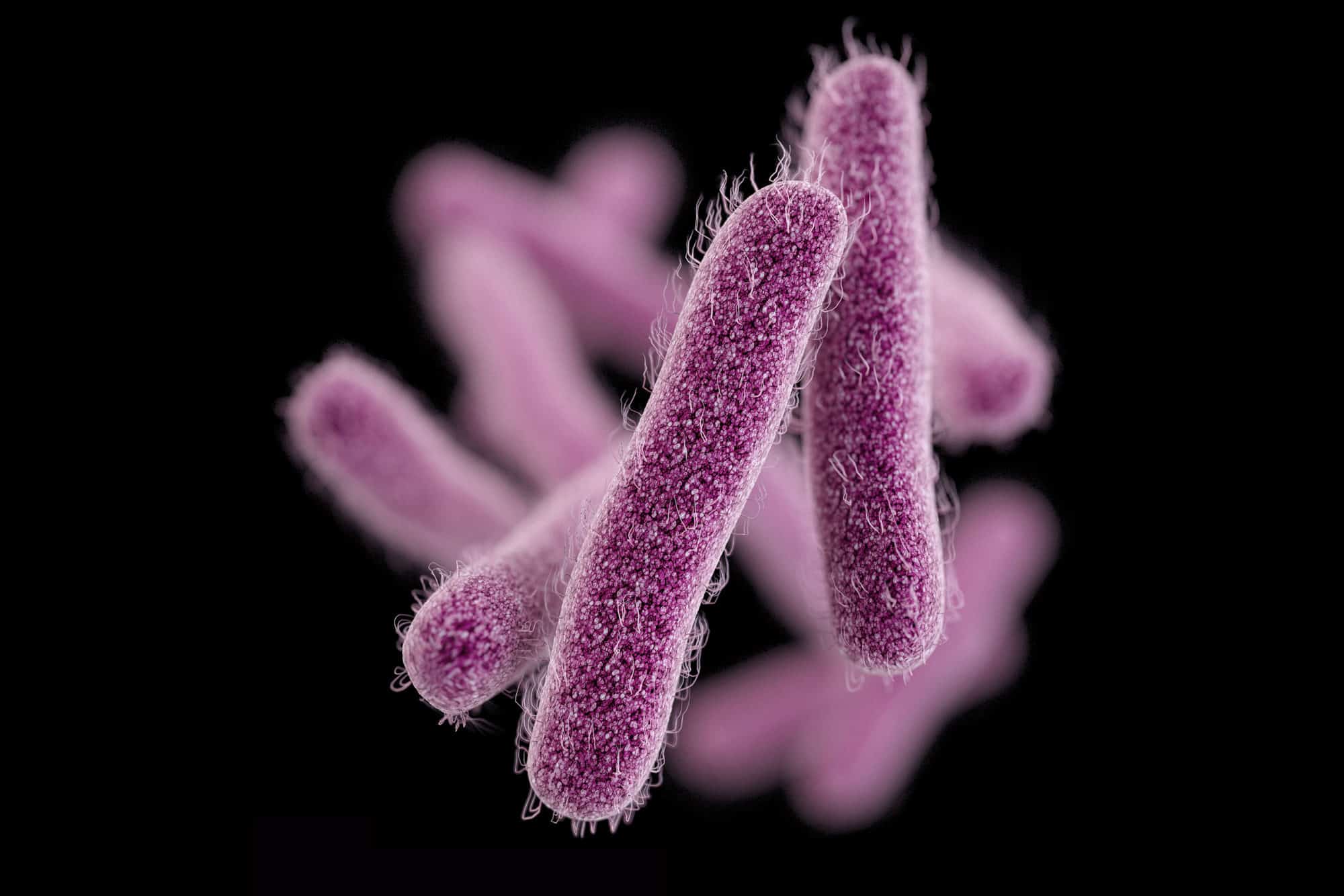Common Superbug Found to Exhibit “Heteroresistance” to Last-Resort Ab
In a concerning find, scientists have now detected “heteroresistance” in the already highly resistant Klebsiella pneumoniae, a bacterium that causes blood, soft tissue and urinary tract infections.
“This is concerning because Klebsiella is a more common cause of infection than Enterobacter, and these isolates were carbapenem-resistant, which means that they might actually be treated with colistin,” says David Weiss, professor of medicine at Emory University School of Medicine and Emory Vaccine Center. “To our knowledge, this type of heteroresistant Klebsiella has not been observed in the United States before.”
Antibiotic resistance is a growing crisis and a grave threat to human health. It is projected that antibiotic-resistant infections will lead to 10 million annual deaths worldwide by the year 2050. Among the most significant threats are carbapenem-resistant Enterobacteriaceae (CRE), including carbapenem-resistant Klebsiella pneumoniae (CRKP), which lead to mortality rates as high as 40 to 50%.
Colistin is an old antibiotic which doctors administer to patients as a last resort, when the bacteria infecting them are resistant to all other antibiotics. It is often the only antibiotic that will work against these highly drug-resistant bacteria.
But the Emory study suggests that colistin may not work in some patients, even though lab tests
doctors rely on to decide treatment show that it should. Carbapenem-resistant Klebsiella pneumoniae cause pneumonia, bloodstream and other infections in people with weakened immune systems, who are usually hospitalized with other conditions.Heteroresistance means that bacterial resistance to particular antibiotics is harder to monitor. Heteroresistance is caused by a minor subpopulation of resistant bacteria which are genetically identical to the rest of the susceptible bacteria.
The bacterial isolates used in the study were not detectable with current diagnostic tests, although it was possible to see them by waiting an extra 24 hours for the resistant population to grow out.
It appeared that maintaining colistin resistance all the time is disadvantageous for bacteria. Probing the mechanism of heteroresistance, the team was able to see a signature of colistin resistance, in terms of genes turned on and off.
In animal models of peritonitis (body cavity infection), infection with the heteroresistant isolates was lethal and untreatable by colistin. Colistin is viewed as a last resort measure for bacterial infections that are resistant to other drugs, partly because it is poisonous to the kidneys.
“Clinical laboratories should consider testing for heteroresistance to colistin if this last-line antibiotic is required for treatment,” the authors say. “However, the extra time required is a downside. Novel diagnostics that rapidly and accurately detect colistin heteroresistance are needed.”



























